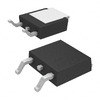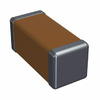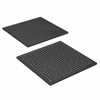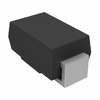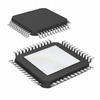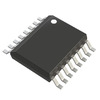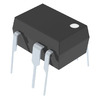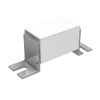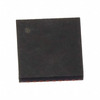CR3032 – The First Choice for Equipment with Higher Energy Demands
Catalog

CR3032 Battery Overview
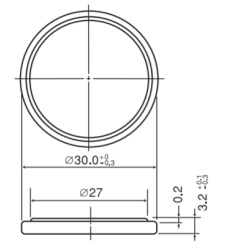
Advantages of the CR3032 Battery
|
Item |
Performance Characteristics |
|
Nominal Voltage (V) |
3 |
|
Nominal Capacity (mAh) |
500 |
|
Height (mm) |
3.2 |
|
Diameter (mm) |
30 |
|
Basic Battery Weight (g) |
10.5 |
|
Continuous Drain (mA) |
0.2 |
Chart 1: Specification of CR3032
Specifications of the CR3032 Battery
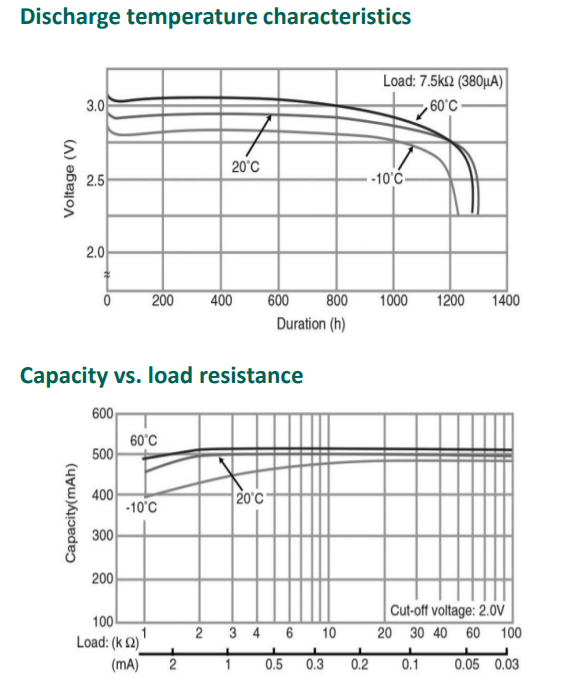
Applications of the CR3032 Battery
CR3032 Battery Brand Recommendation
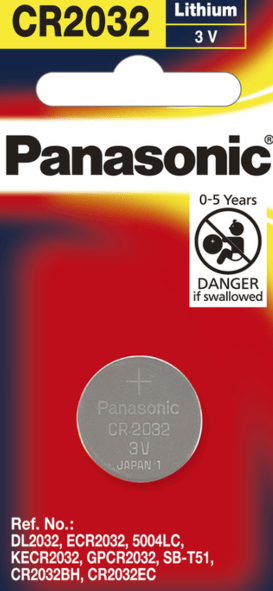
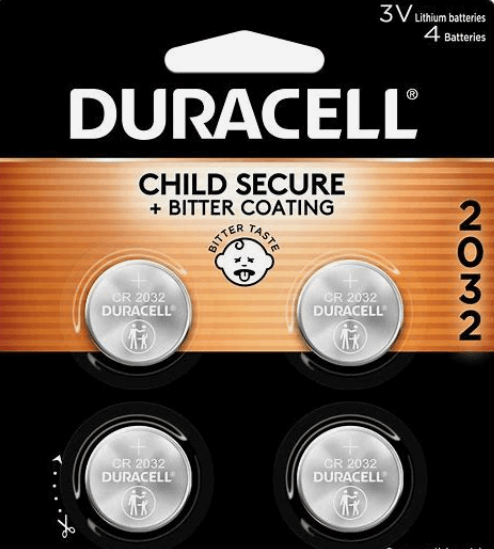
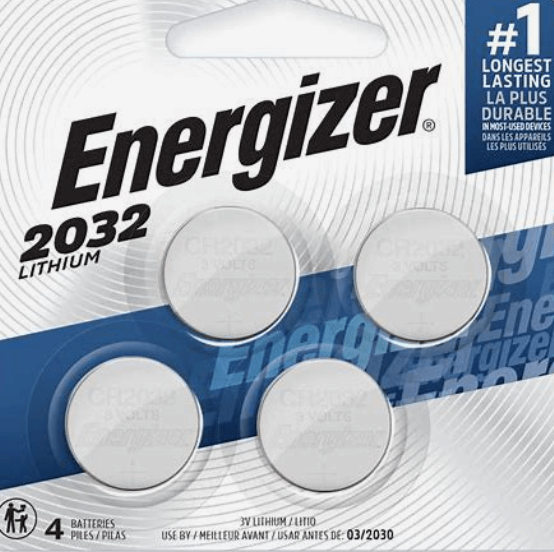
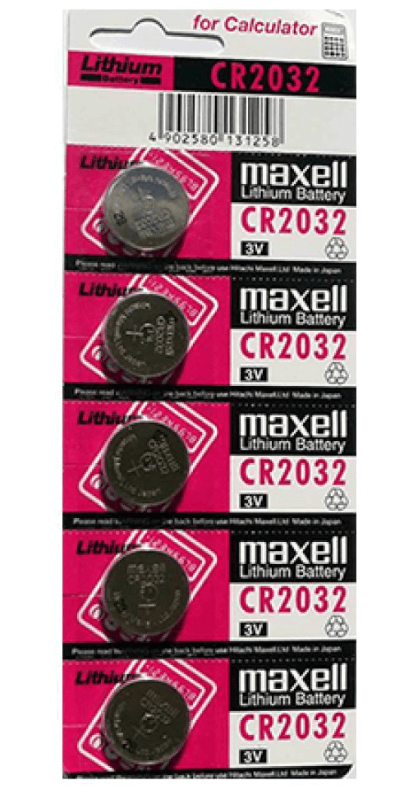
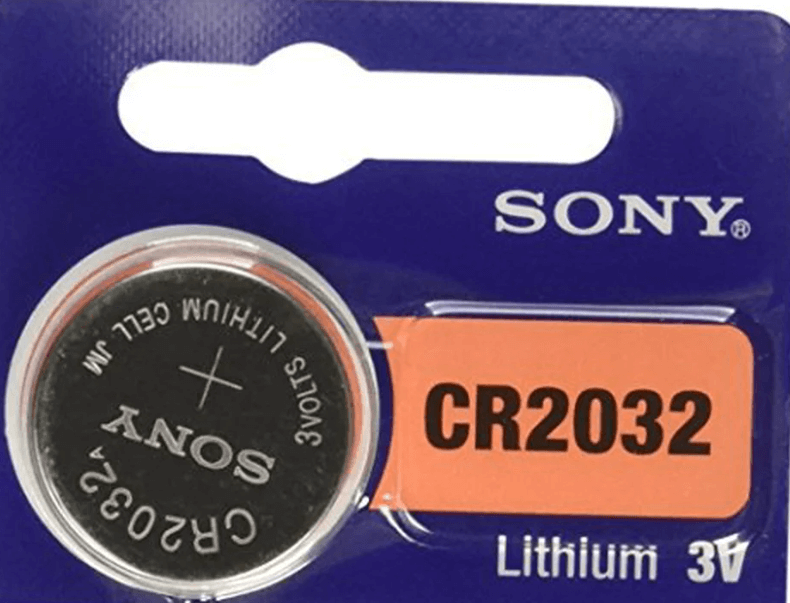

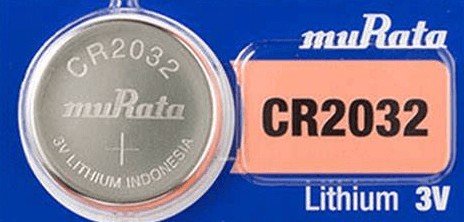

Equivalent Options for CR3032 Batteries
CR3032 and BR3032 Battery Analysis
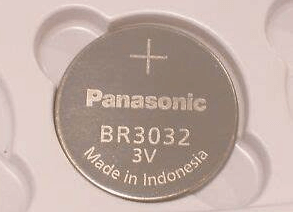
Voltage and Performance
Special Purpose
|
Mfr.'s Part # |
CR3032 |
BR-3032/BN |
|
Description: |
BATTERY LITHIUM 3V COIN 30MM |
BATTERY LITHIUM 3V COIN 30MM |
|
Factory Lead Time |
22 Weeks |
22 Weeks |
|
Material |
Lithium |
- |
|
Weight |
6.8g |
5.5g |
|
Series |
CR3032 |
BR3032 |
|
Published |
2006 |
2006 |
|
Size / Dimension |
1.18Dia x 0.13 H 30.0mmx3.2mm |
1.18Dia x 0.13 H 30.0mmx3.2mm |
|
Part Status |
Active |
Active |
|
Moisture Sensitivity Level (MSL) |
1 (Unlimited) |
1 (Unlimited) |
|
Max Operating Temperature |
60°C |
80°C |
|
Min Operating Temperature |
-30°C |
-30°C |
|
Voltage - Rated DC |
3V |
- |
|
Reach Compliance Code |
unknown |
- |
|
Termination Style |
Requires Holder |
Requires Holder |
|
Output Voltage |
3V |
- |
|
Battery Chemistry |
Lithium Manganese Dioxide |
Lithium Poly-Carbon Monoflouride |
|
Battery Cell Size |
Coin 30.0mm |
Coin 30.0mm |
|
Capacity |
500mAh |
500mAh |
|
Discharge Rate |
200μA |
30μA |
|
Battery Type |
PRIMARY |
- |
|
Diameter |
30mm |
30mm |
|
Height |
3.302mm |
3.2mm |
|
REACH SVHC |
Yes |
No SVHC |
|
RoHS Status |
Non-RoHS Compliant |
Non-RoHS Compliant |
|
Lead-Free |
Lead-Free |
Lead-Free |
|
Termination |
- |
Standard |
|
Voltage - Rated |
- |
3V |
|
Outside Diameter |
- |
30 mm |
|
Chemistry/Technology |
- |
Lithium |
Comparison of CR3032 and CR2032 Batteries
Size Comparison
Capacity Difference
Voltage Comparison
Energy Density
Application Fields
Interchangeability
Cost Considerations
|
Specifications |
|
|
Classification: |
"Lithium Coin" |
|
Chemical System: |
Lithium / Manganese Dioxide (Li/MnO2) |
|
Designation: |
ANSI / NEDA-5004LC, IEC-CR2032 |
|
Typical Capacity: |
235 mAh (to 2.0 volts) (Rated at 15K ohms at 21°C) |
|
Nominal Voltage: |
3.0 Volts |
|
Operating Temp: |
-30C to 60°C |
|
Typical Volume: |
1.0 cubic centimeters (0.06 cubic inch) |
|
Max Rev Charge: |
1 microampere |
|
Energy Density: |
198 milliwatt hr/g, 653 milliwatt hr/cc |
Conclusion
Frequently Asked Questions [FAQ]
1. Are CR2032 and CR3032 the same?
2. What is the CR3032 battery used for?
3. Is CR2032 hazardous?
4. Do CR2032 batteries have mercury?
About us
ALLELCO LIMITED
Read more
Quick inquiry
Please send an inquiry, we will respond immediately.

AO3400 Transistor Guide - Principle of Operation, Parameter Characteristics, Advantages and Disadvantages
on April 17th
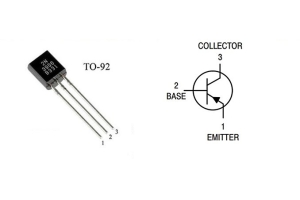
2N3906 Transistor Comprehensive Guide-Pin Configurations, Application Scenarios and Equivalents, and How to Test
on April 13th
Popular Posts
-

What is GND in the circuit?
on January 1th 3272
-

RJ-45 Connector Guide: RJ-45 Connector Color Codes, Wiring Schemes, R-J45 Applications, RJ-45 Datasheets
on January 1th 2815
-

Understanding Power Supply Voltages in Electronics VCC, VDD, VEE, VSS, and GND
on November 20th 2640
-

Fiber Connector Types: SC Vs LC And LC Vs MTP
on January 1th 2265
-

Comparison Between DB9 and RS232
on January 1th 1882
-

What Is An LR44 Battery?
Electricity, that ubiquitous force, quietly permeates every aspect of our daily lives, from trivial gadgets to life-threatening medical equipment, it plays a silent role. However, truly grasping this energy, especially how to store and efficiently output it, is no easy task. It is against this background that this article will focus on a type of coin cell battery that may seem insignificant on the...on January 1th 1846
-

Understanding the Fundamentals:Inductance Resistance, andCapacitance
In the intricate dance of electrical engineering, a trio of fundamental elements takes center stage: inductance, resistance, and capacitance. Each bears unique traits that dictate the dynamic rhythms of electronic circuits. Here, we embark on a journey to decipher the complexities of these components, to uncover their distinct roles and practical uses within the vast electrical orchestra. Inductan...on January 1th 1808
-

What Is RF and Why Do We Use It?
Radio Frequency (RF) technology is a key part of modern wireless communication, enabling data transmission over long distances without physical connections. This article delves into the basics of RF, explaining how electromagnetic radiation (EMR) makes RF communication possible. We will explore the principles of EMR, the creation and control of RF signals, and their wide-ranging uses. The article ...on January 1th 1801
-

CR2430 Battery Comprehensive Guide: Specifications, Applications and Comparison to CR2032 Batteries
What is CR2430 battery ?Benefits of CR2430 BatteriesNormCR2430 Battery ApplicationsCR2430 EquivalentCR2430 VS CR2032Battery CR2430 SizeWhat to look for when buying the CR2430 and equivalentsData Sheet PDFFrequently Asked Questions Batteries are the heart of small electronic devices. Among the many types available, coin cells play a crucial role, commonly found in calculators, remote controls, and ...on January 1th 1799
-

Comprehensive guide to hFE in transistors
Transistors are crucial components in modern electronic devices, enabling signal amplification and control. This article delves into the knowledge surrounding hFE, including how to select a transistor's hFE value, how to find hFE, and the gain of different types of transistors. Through our exploration of hFE, we gain a deeper understanding of how transistors work and their role in electronic circu...on November 20th 1782

